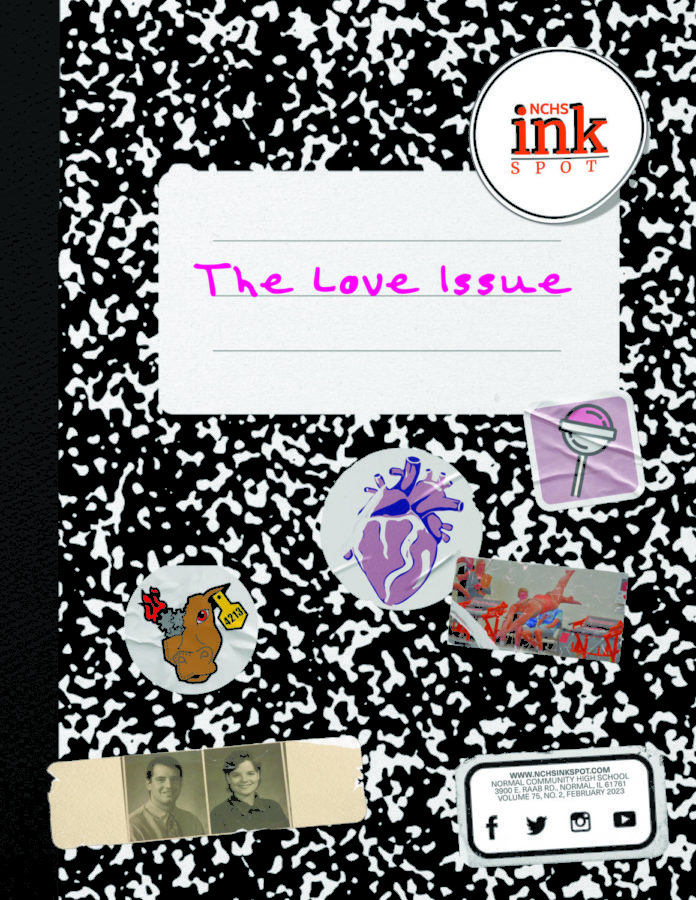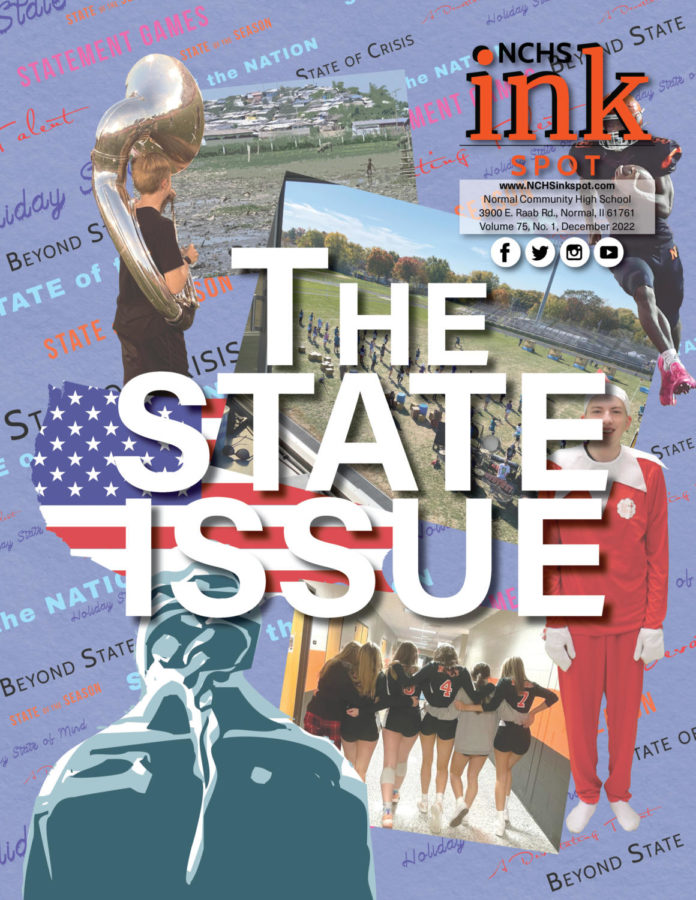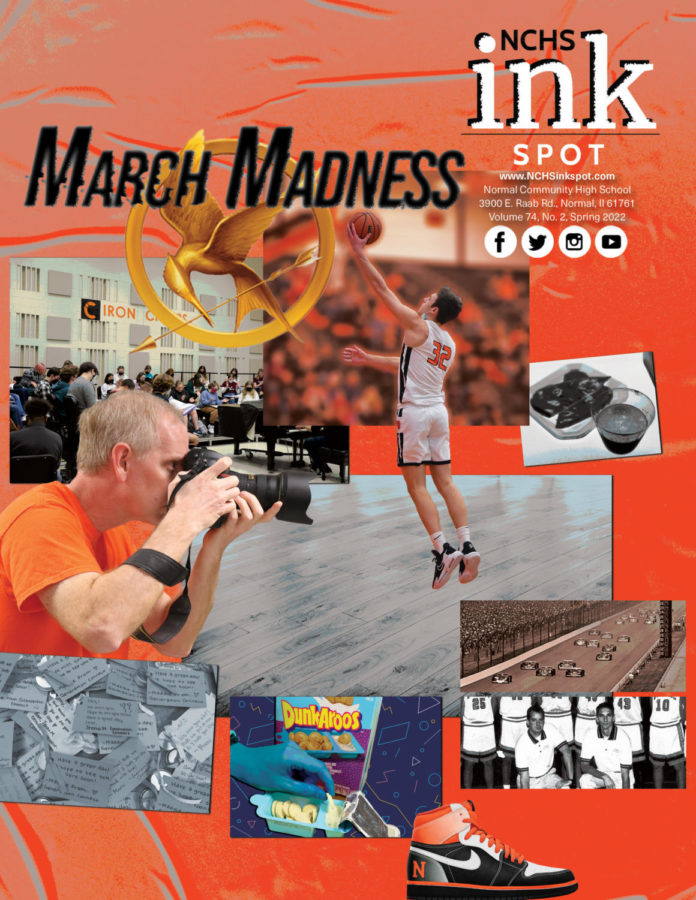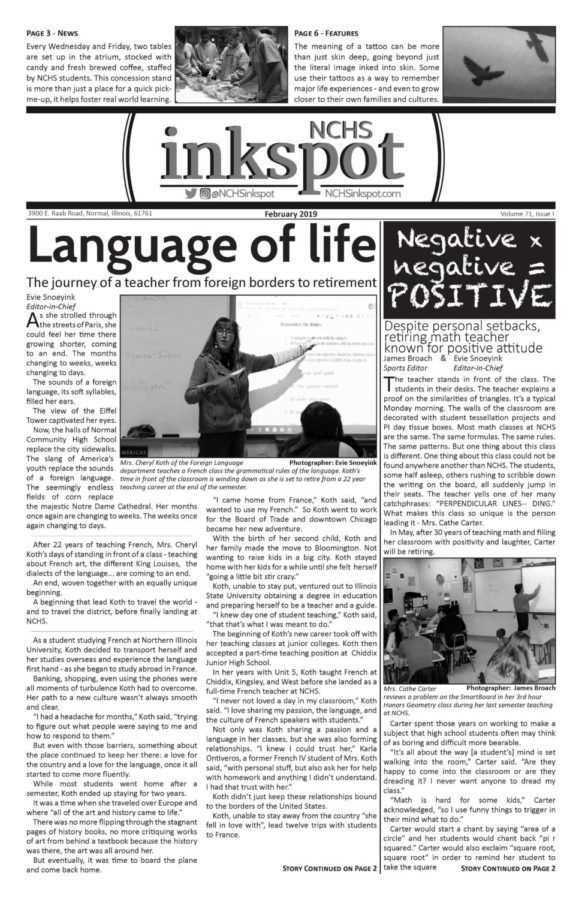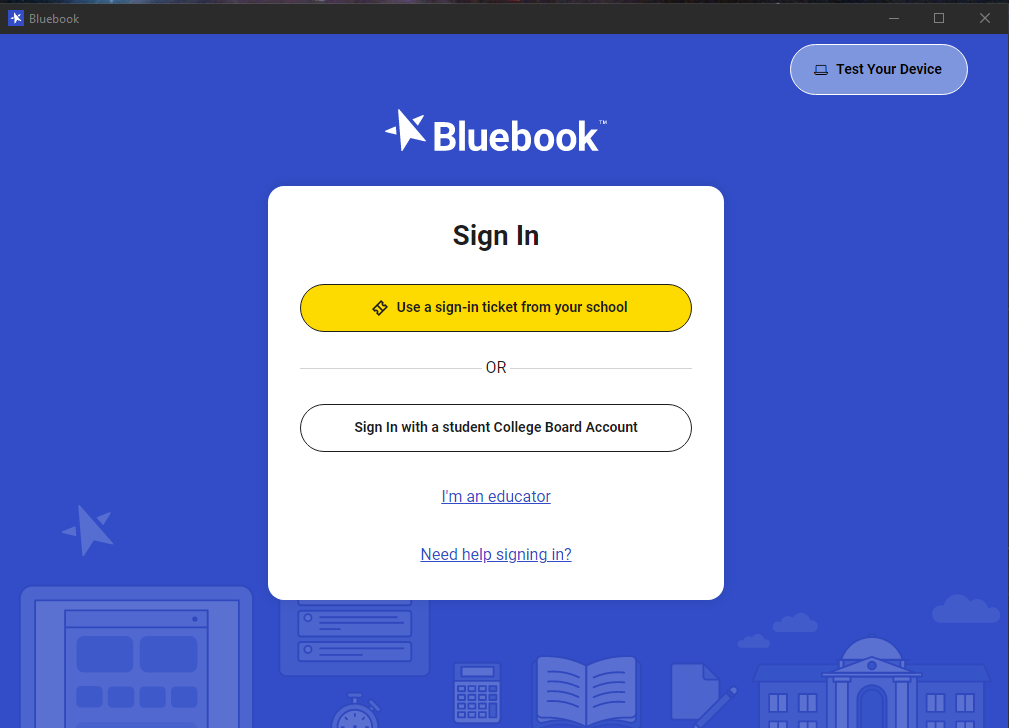For nearly a century, students have tackled the SAT armed with a pencil., taking the college entrance exam on paper.
On April 17, Community’s juniors take the SAT digitally for the first time.
The College Board began piloting the digital SAT last spring before fully implementing the digital exam this March.
The exam, according to the College Board, is as rigorous as the paper test but less intimidating for students.
The change comes at the tail-end of a College Board’s transition from paper exams, with tests like the PSAT and many Advanced Placement tests going digital last year.
While the digital exam may be less intimidating for test-takers, the new format had Community’s school counselors, who oversee test administration, working to streamline the process.
In the weeks before the April test date, Community students updated their school-issued laptops to run Bluebook, the testing platform software and went through a trial run.
On April 3, students reported to their testing locations around Community and performed a “digital readiness test” on their computers.
While school counselor Mrs. Addie Ince believes Community is prepared to administer the test, she feels “a little uneasy” about the factors outside their control.
“We never know what the WiFi is going to be like on that particular day,” Ince said, “or if it can actually manage that many students testing at the same time.”
WiFi signal strength is a cause for concern, as nearly 1500 students will all be testing concurrently for the first time. The freshman and sophomore classes will take the digital PSAT, while juniors will take the SAT. April 3 is a non-attendance day for seniors.
WiFi isn’t the only factor beyond the test administrator’s control, as students are responsible for having a functional school-issued device charged and ready for testing.
Battery power could pose a problem, Ince said, if students arrive without charging their devices the night before the test.
“We just simply don’t have enough outlets in this building,” Ince said to accommodate a number of uncharged laptops.
Students without school-issued Chromebooks were required to check a device out before the April 3 digital readiness check.
Ince said the purpose of that check was for the school to address issues “like ‘I don’t have a Chromebook’ or ‘mine’s broken’… those kinds of things” before the testing day.
Counselor Ms. Carlie Newton says a perk of the newly formatted SAT is that accommodations for students with IEPs of 504s can be implemented into the system.
Newton said students who require accommodations such as extra time will have their built-in timer adjusted, as opposed to having to be manually timed by a staff proctor.
Break times, too, are now managed by the system.
“It’s nice in that manner,” Newton said, “because we’re not having to keep track of the clock like we used to.”
The most significant change to the SAT is the clock itself. The digital SAT is nearly an hour shorter than its predecessor, with the reading and writing portions taking 64 minutes and math 70.
The shortened runtime is the result of the merging of the reading and writing sections of the exam.
Additionally, the test’s lengthy reading passages have been removed. Instead, questions focus on shorter sentences and paragraphs.
The non-calculator portion of the math section has been eliminated, allowing students to use the built-in calculator throughout each math section.
The digital format allows each section of the test to be divided into two parts, with the difficulty of the second part contingent on performance in the first.
For junior Trezzure Fletcher the changes seem “dumb,” stating that the average high schooler doesn’t care about the alterations or new format.
The digital format, Fletcher said, “is better than having to fill in those little circles.”
Juniors Jaelon Sanlin and Maggie Hoke are in support of the changes.
Hoke, as a sophomore last year, took the digital PSAT.
Hoke said “the online PSAT was a lot easier than the paper version,” Hoke said, “and I scored better on it.”
Hoke believes that will translate to the SAT as well,
Sanlin shares that sentiment, finding it “easier to answer questions” online.
“It’s less boring,” Hoke added, “and the interface is much better.”
Despite the perceived ease of the new tests, some students believe success relies on independent study rather than classroom instruction.
Sanlin feels his classes don’t adequately prepare him for tests like the SAT.
“You have to [study] on your own,” Sanlin said. “I use SAT practice on Khan Academy.”
English teacher Mr. Wiechmann disagrees, believing that the curriculum generally prepares students for the SAT.
“I think [the curriculum] just naturally falls under the scope of some of the same things that are on the SAT,” Wiechman said. “But then there are parts of it that I think we don’t necessarily hit super hard.”
Math teacher Mr. Jason Salrin is confident that the material taught in math classes assists students with the SAT.
“We kind of have designed our curriculum to hit on,” Salrin said, what students will see on the SAT.
Both teachers see benefits in the idea of an online SAT, both mentally and physically.
“Some kids act like they’re in physical pain when they have to write a longer response,” Wiechman said.
“I would say that kids, in general, are probably more willing to write a little bit more to expand their answers when it is digital,” Wiechman said.
The digital SAT also solves an issue that has long been plaguing English teachers.
“Some kids have really horrible handwriting,” Wiechman said.
Illegible handwriting can’t impact student performance with typed responses with the new format, Wiechman said.
“Obviously,” Wiechman said, you “don’t have to worry about that sort of thing if [your answers are] typed out.”
While many English classes incorporate digital and physical content, math tests are usually administered on paper.
The change in a constant such as that may prove troublesome to some students, though Mr. Salrin believes that the College Board has “done well” in implementing the change.
“It’s all in an effort to increase test scores and be able to get students on that higher track,” Salrin said.
Ultimately, the SAT is not the first, nor will it be the last aspect of education to go digital.
The long-term impact on test scores, Wiechman said, remains to be seen.
Despite potential challenges, Wiechmann believes that the move towards digital tools is irreversible.




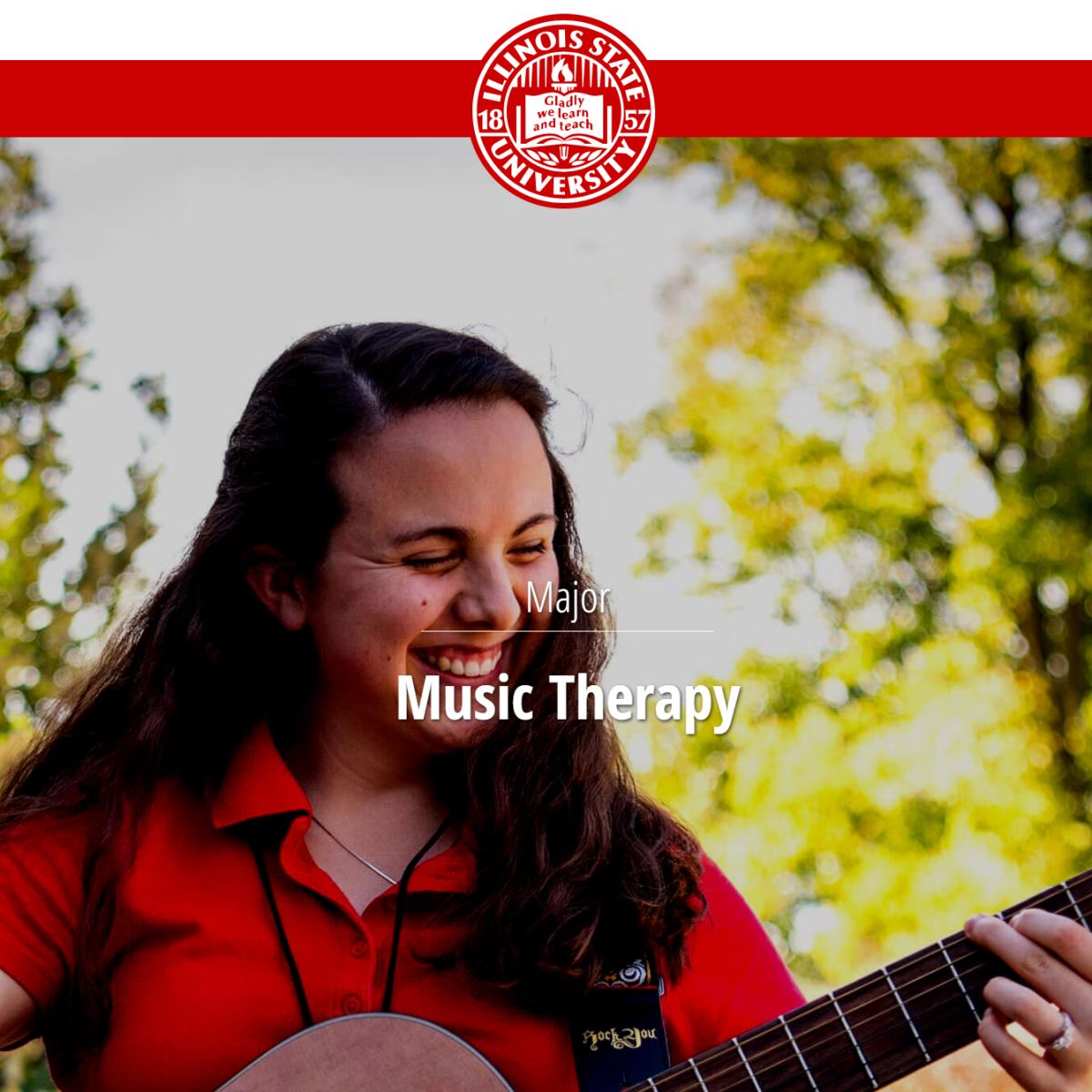















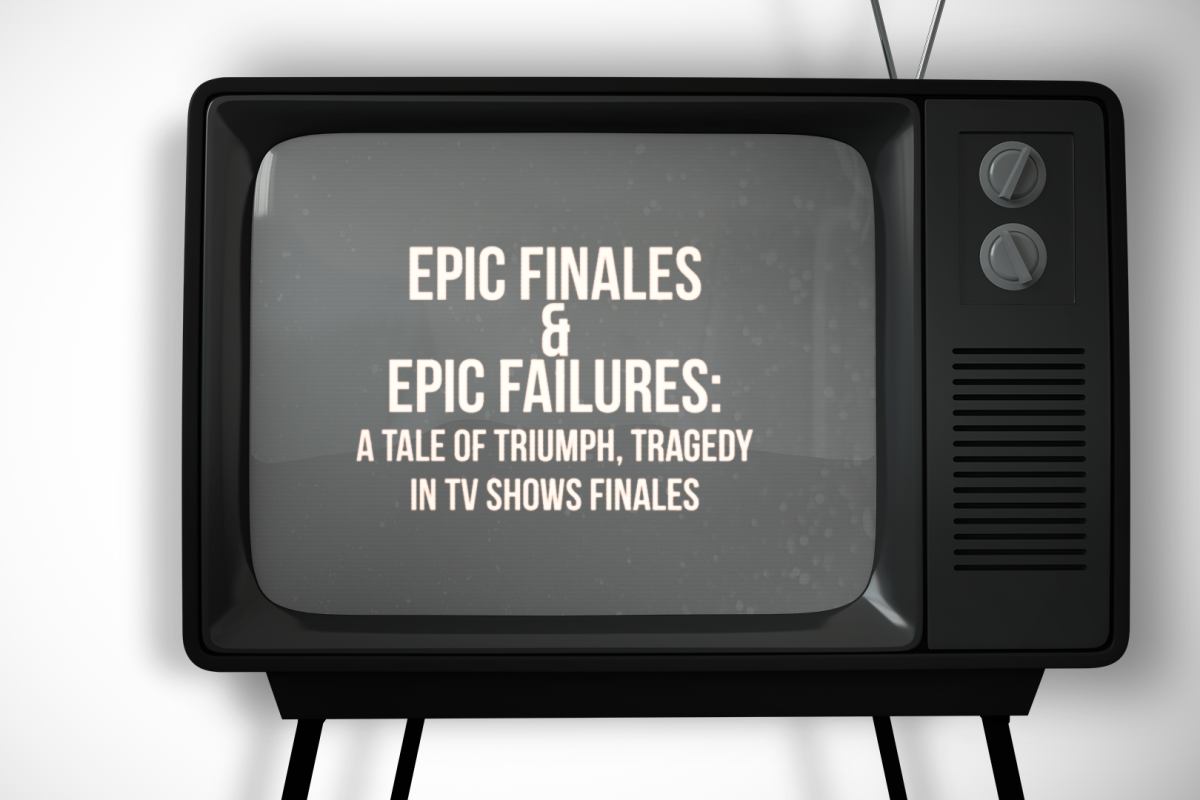
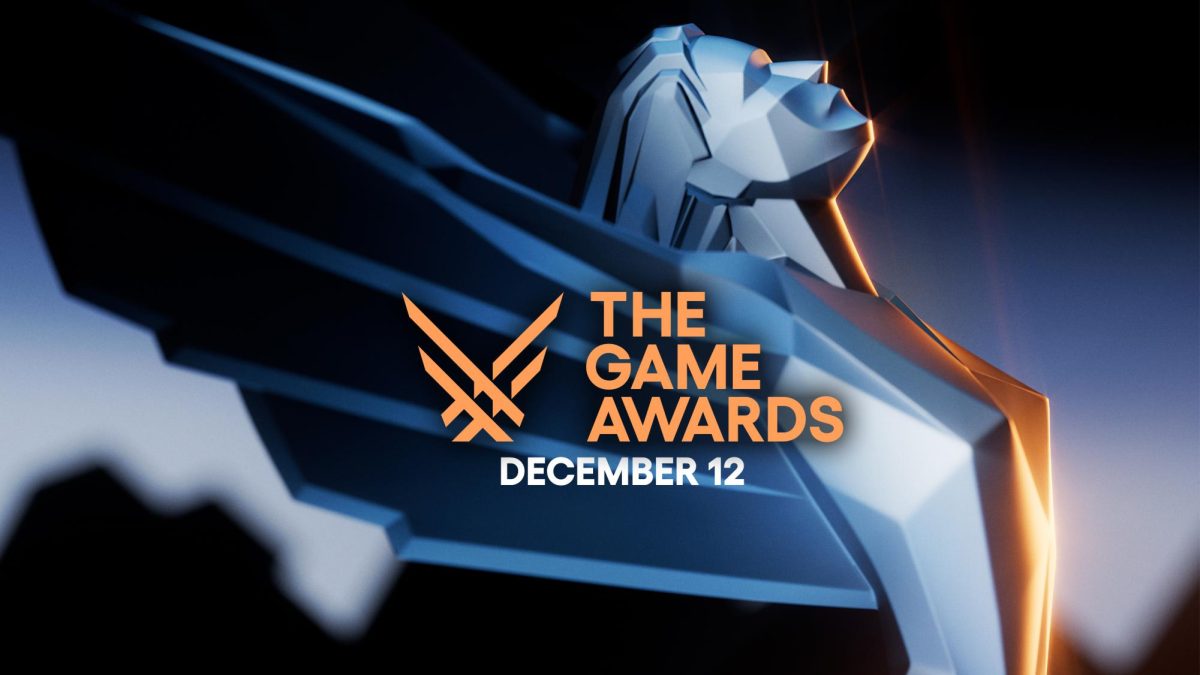

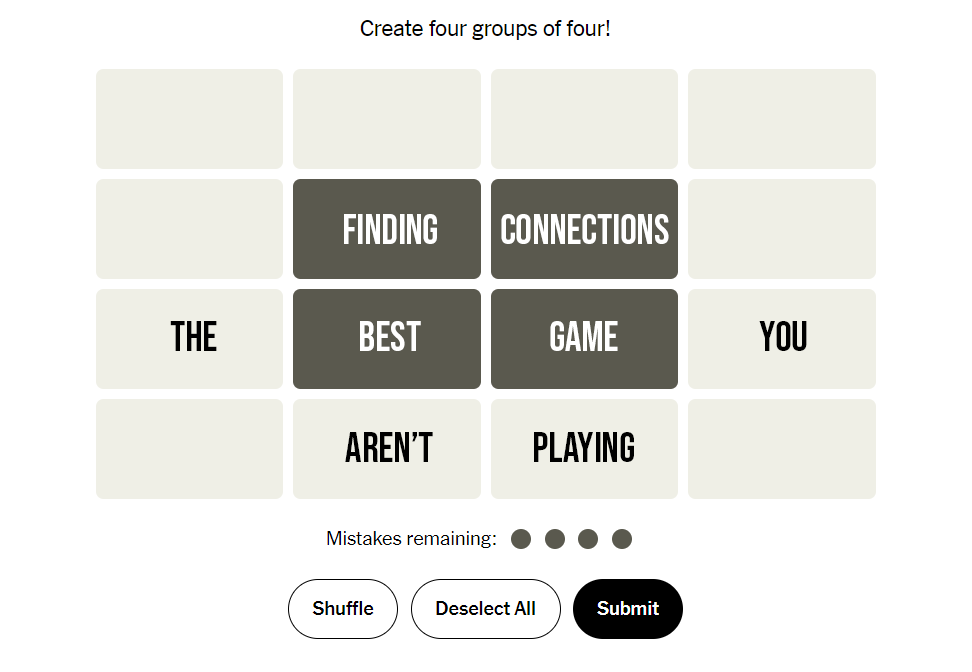
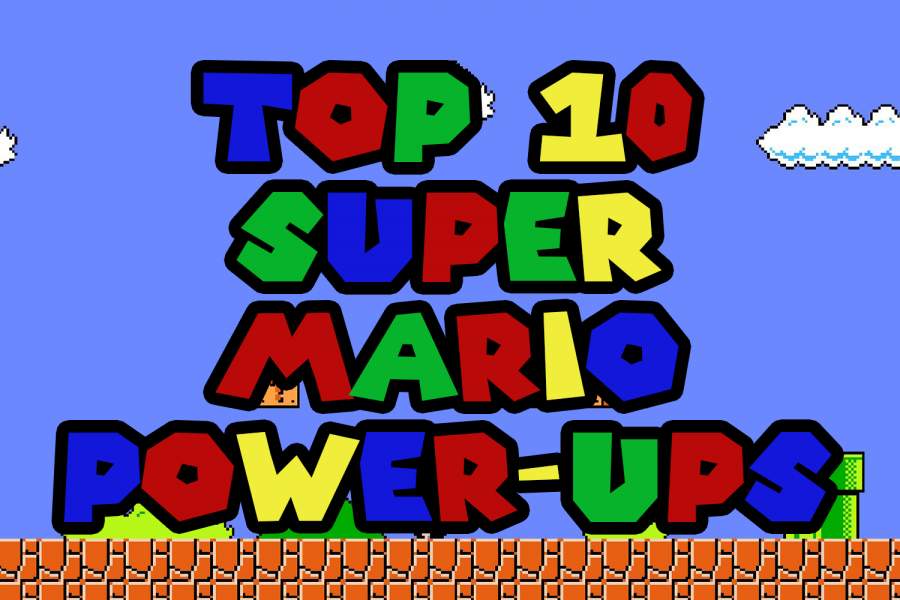





![Coach Drengwitz on the loss to Mt. Carmel, 2024 season [video]](https://nchsinkspot.com/wp-content/uploads/2024/11/Postseason-presser-feature-1200x800.png)
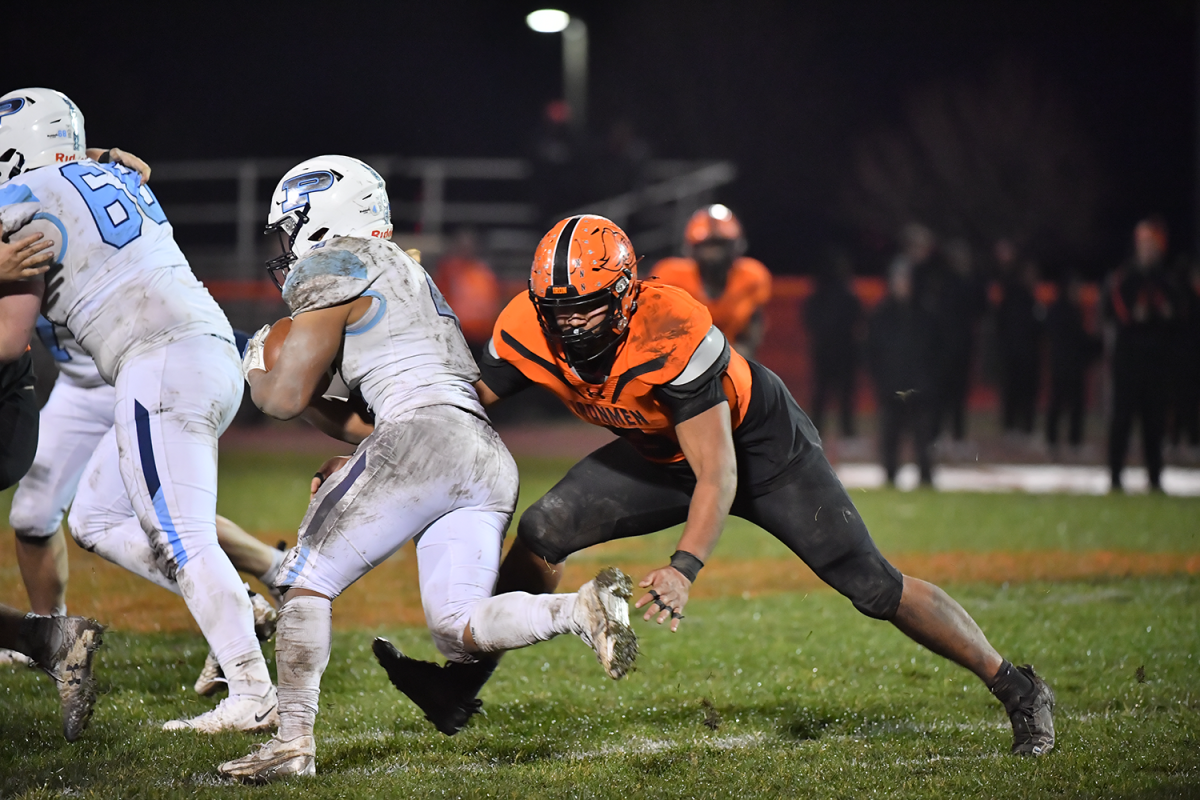
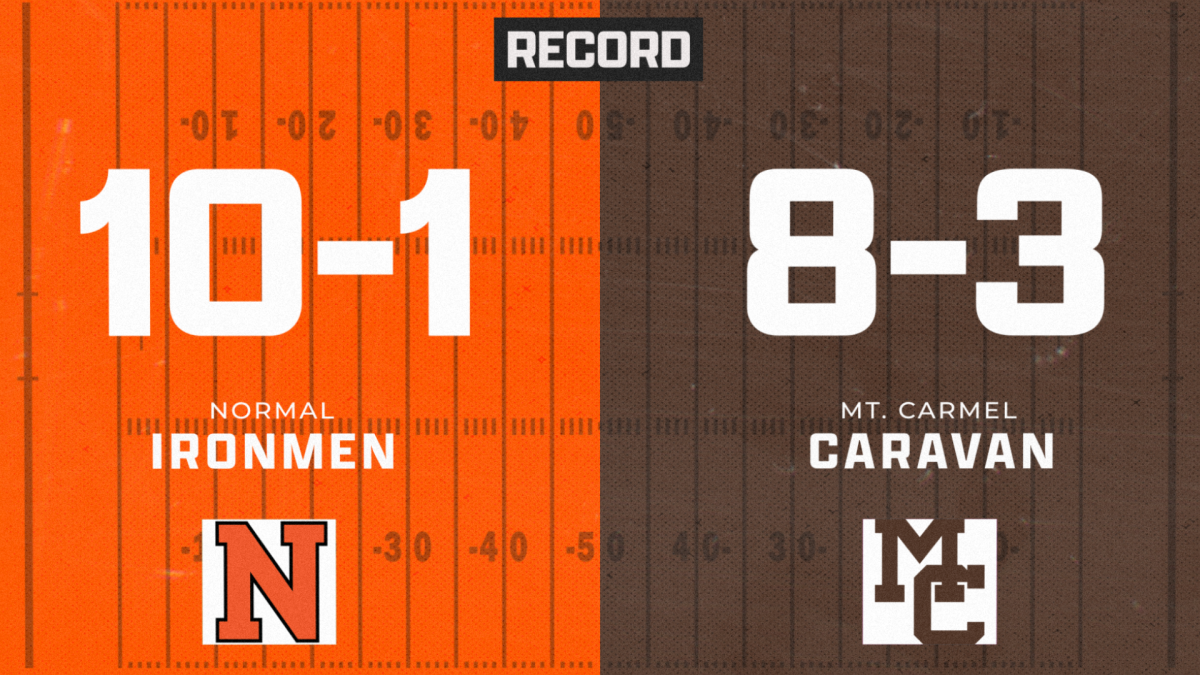
![IHSA 7A Football Playoffs Quarterfinals: Ironmen head coach on facing the Mt. Carmel Caravan [video]](https://nchsinkspot.com/wp-content/uploads/2024/11/0w12-web-feature-1200x800.png)

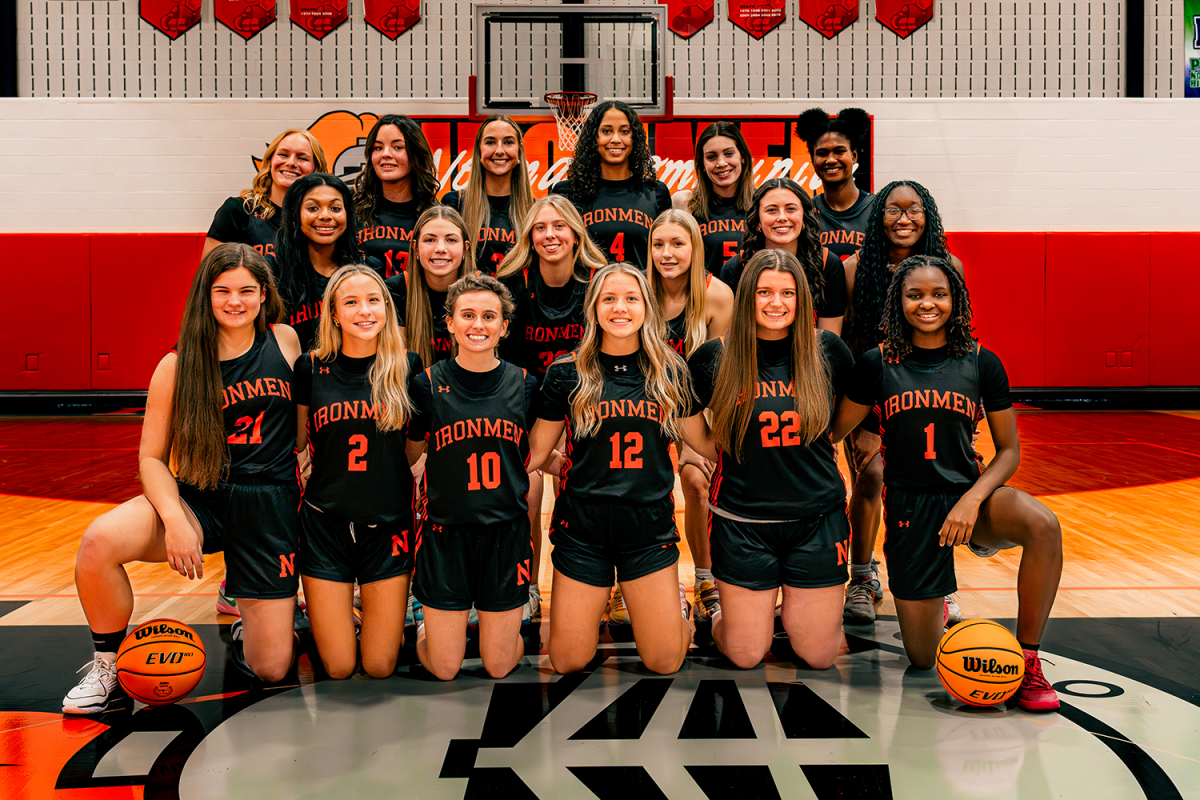


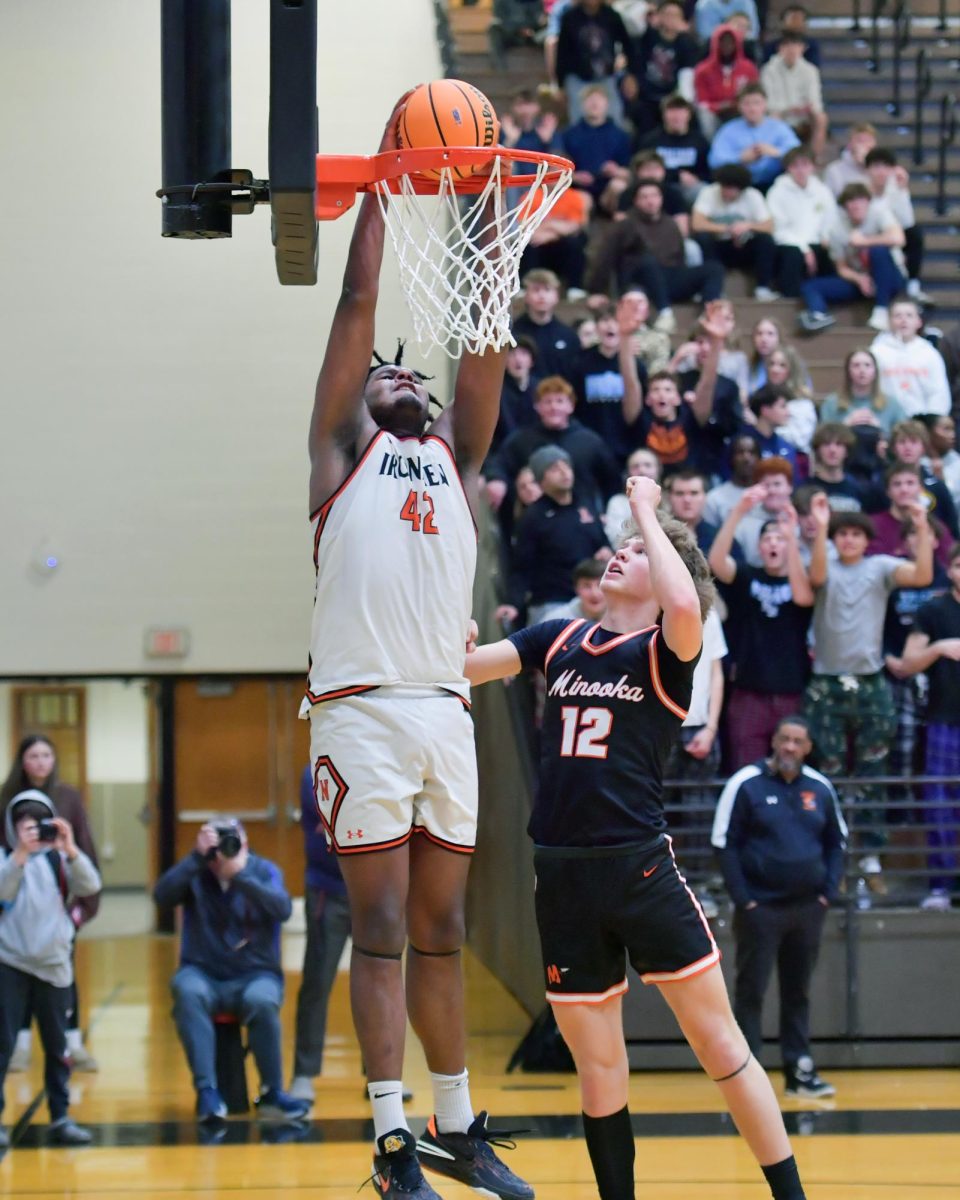

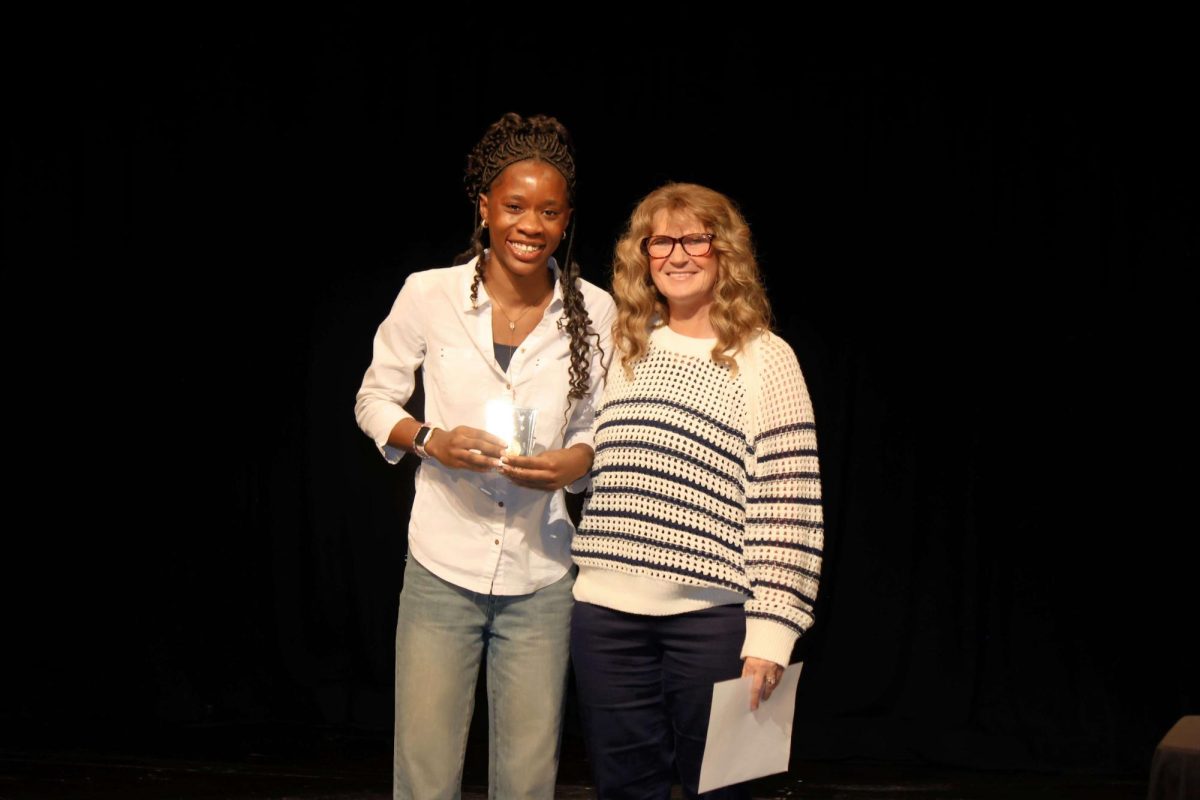
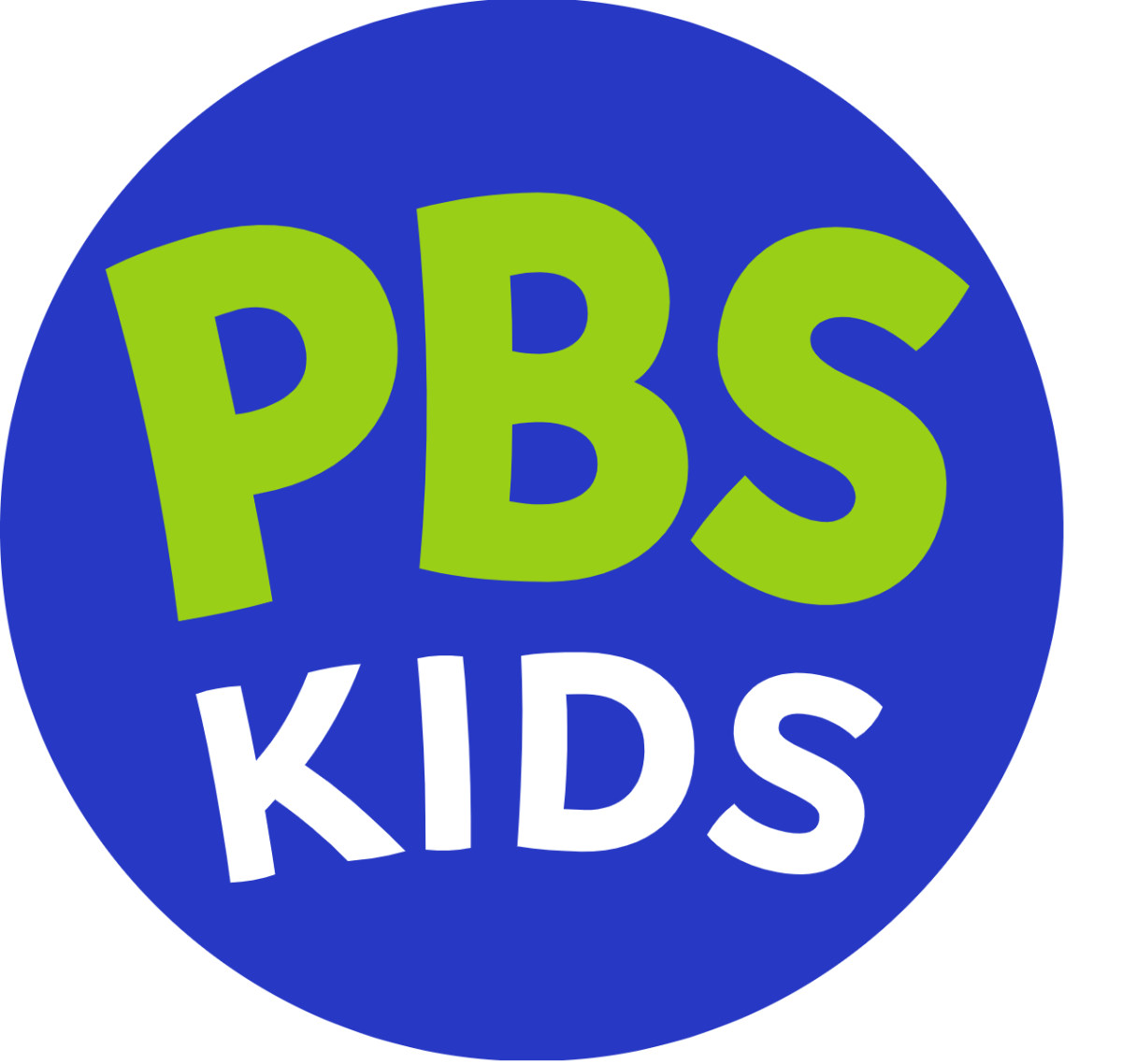

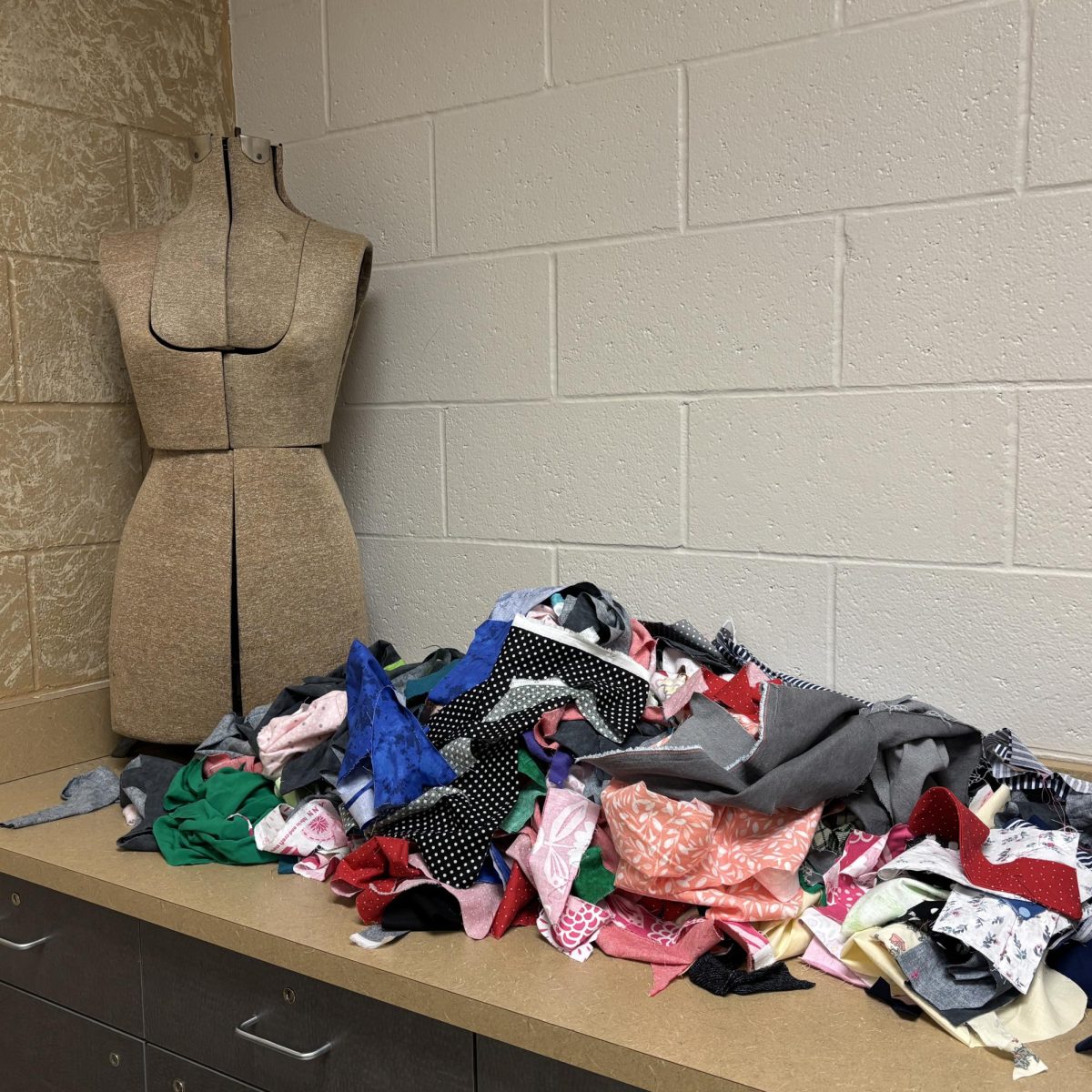
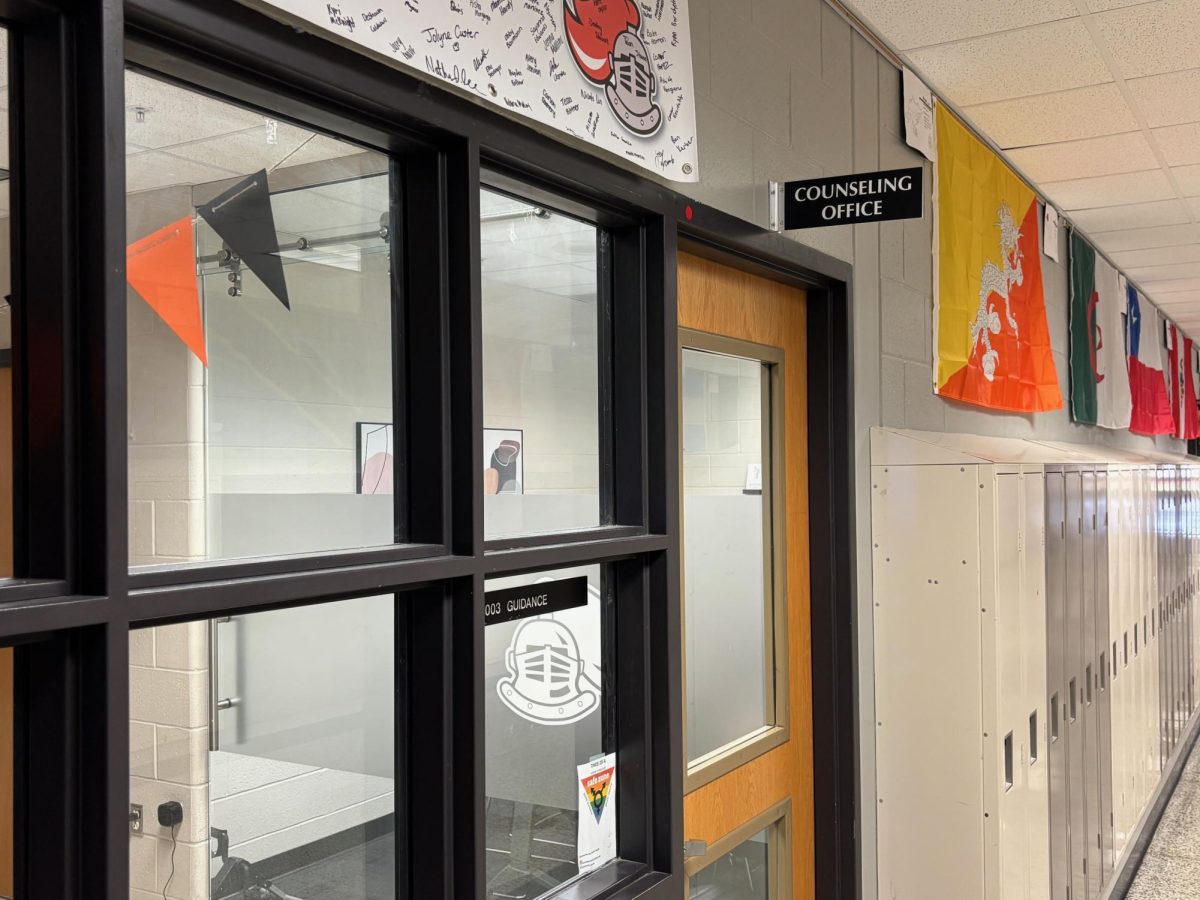

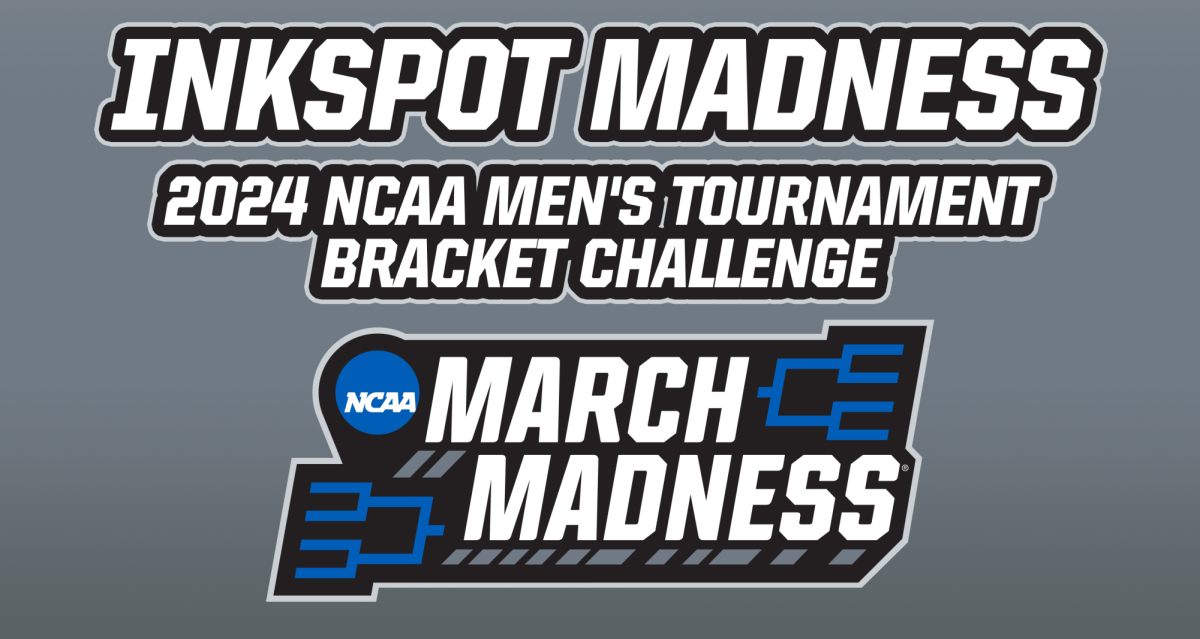
![Halloween candy cross section quiz [quiz]](https://nchsinkspot.com/wp-content/uploads/2022/10/Candy-cover-big-900x675.png)
![Average Jonah? [quiz]](https://nchsinkspot.com/wp-content/uploads/2022/05/average-jonah-900x600.png)


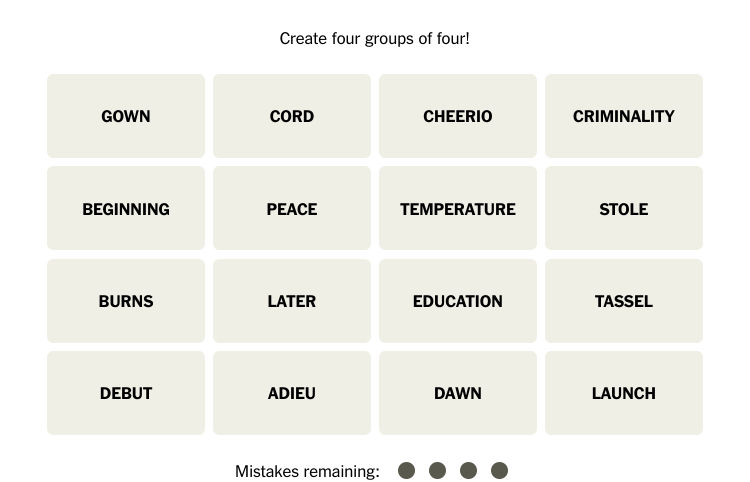
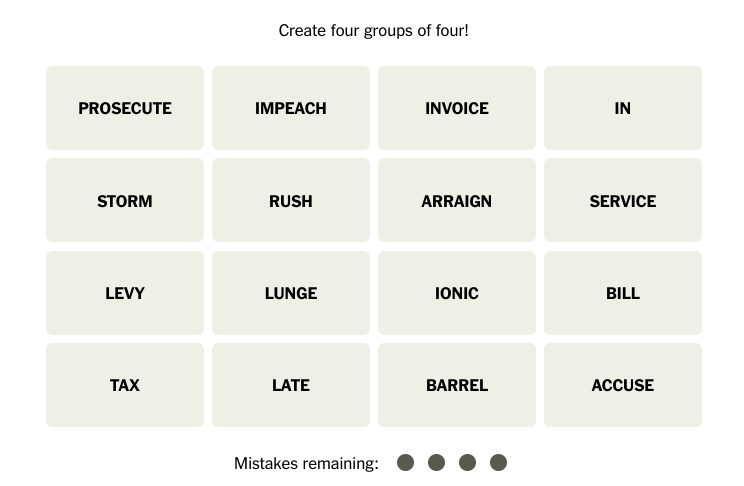
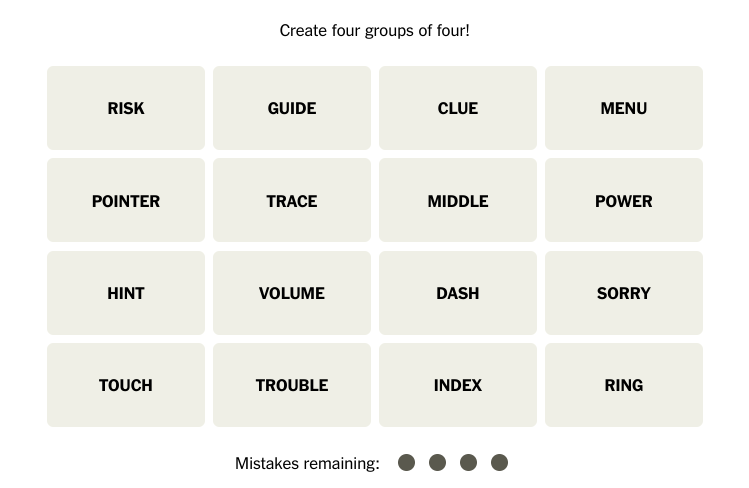
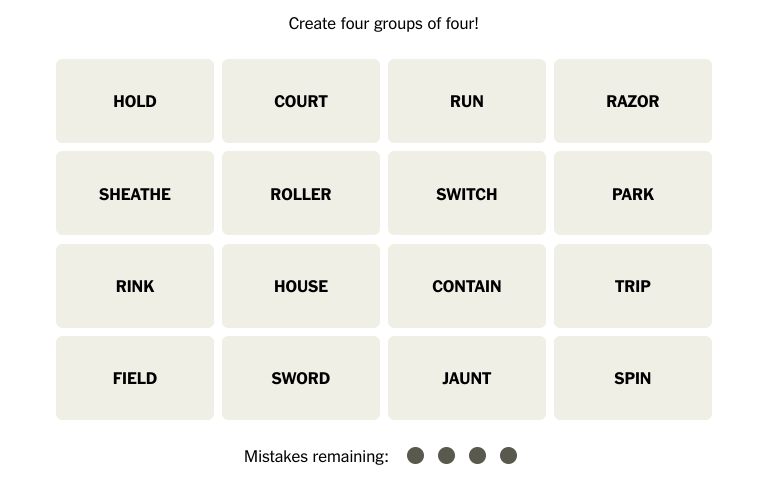
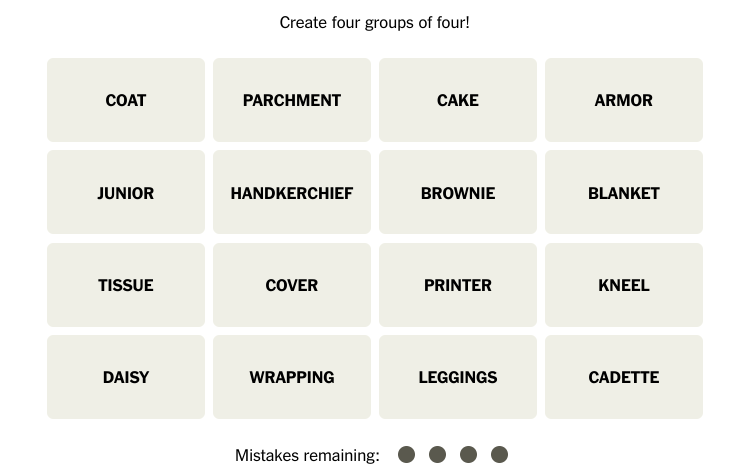




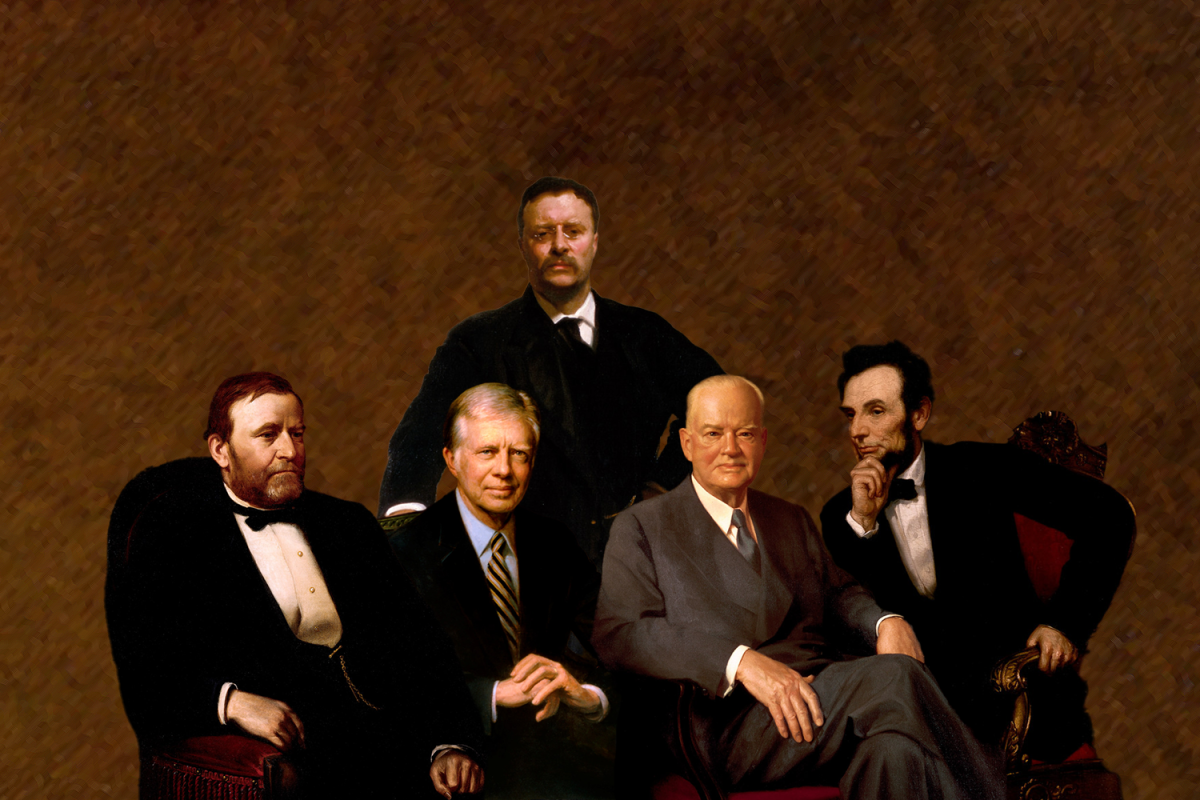










![Cell phone ban in schools? Community responds to proposed legislation [video]](https://nchsinkspot.com/wp-content/uploads/2025/04/Sequence.00_01_09_19.Still001-1200x675.png)


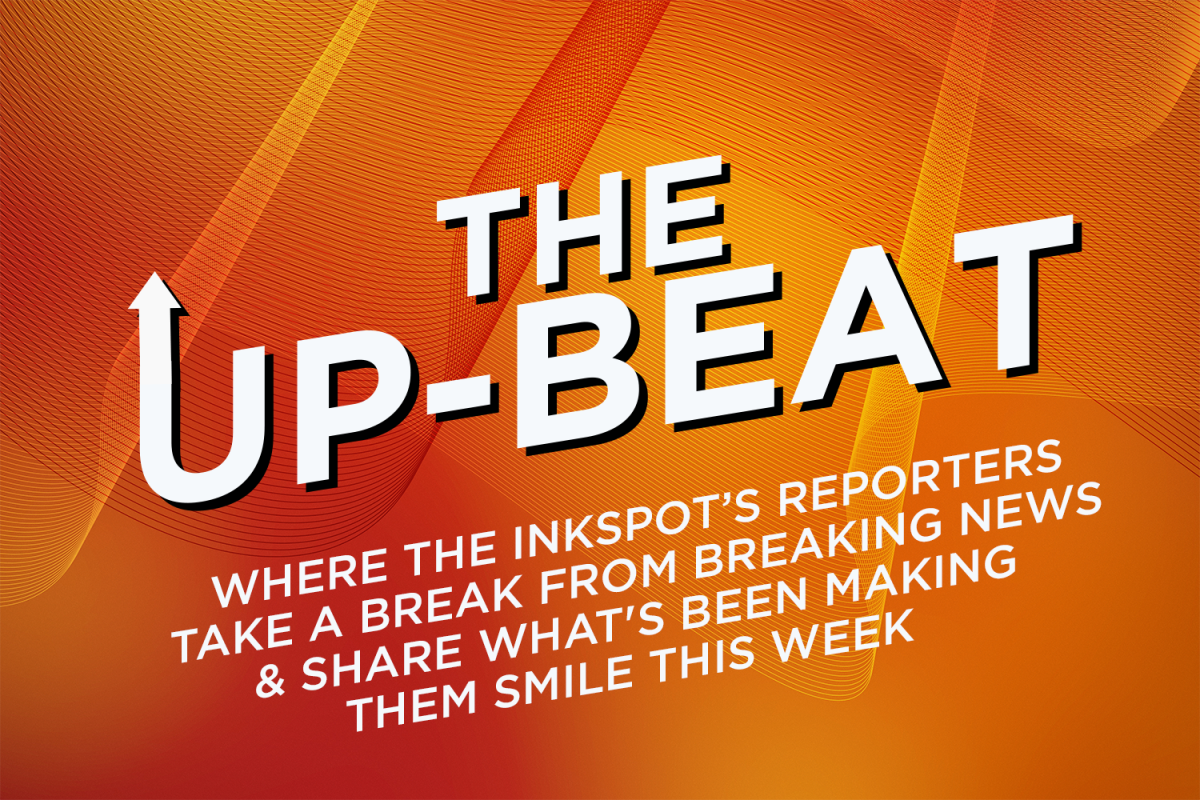

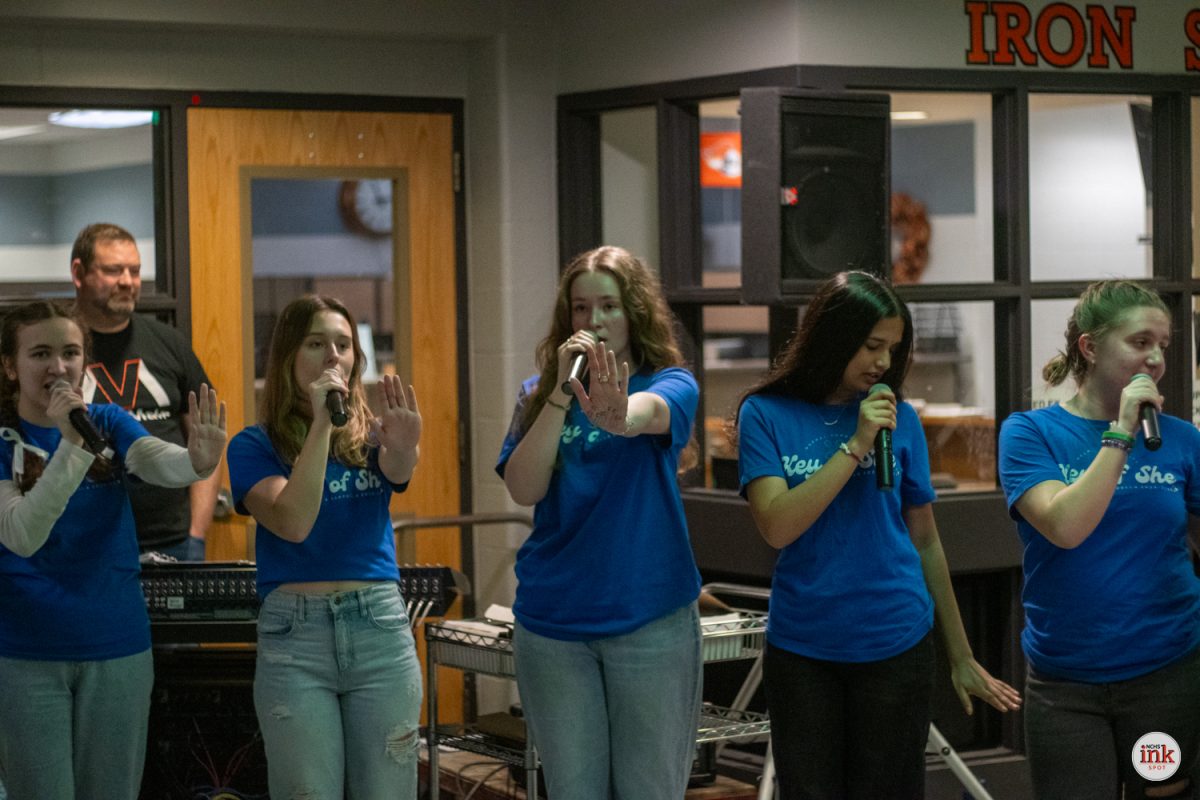
![Ironmen spring sports update: April 9 [video]](https://nchsinkspot.com/wp-content/uploads/2025/04/sports-recap-square-1200x1200.png)

![Ironmen in the hunt: Coach Feeney talks Big 12 Title race ahead of PND matchup [video]](https://nchsinkspot.com/wp-content/uploads/2025/01/feeney-1200x675.png)
![On the Spot: This or That – Halloween [video]](https://nchsinkspot.com/wp-content/uploads/2024/10/tot-Halloween-YT-1200x675.png)
![On the Spot: This or That – Fall favorites [video]](https://nchsinkspot.com/wp-content/uploads/2024/10/ots-fall-web-1200x800.png)
![On the Spot – Teachers tested on 2023’s hottest words [video]](https://nchsinkspot.com/wp-content/uploads/2024/01/On-the-Spot-Teachers-tested-1200x675.png)

